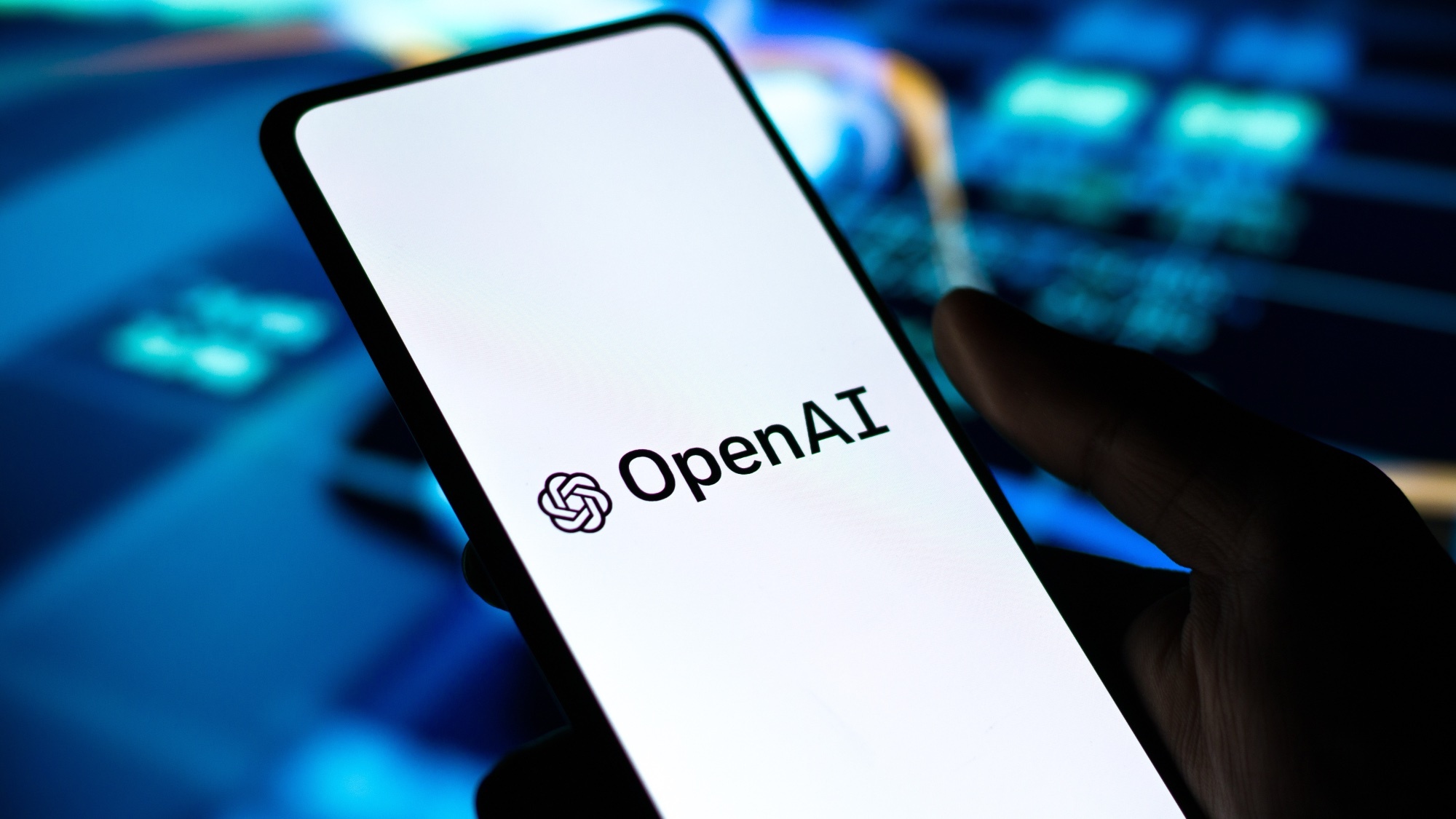How will tariffs impact the iPhone 17 price? Here's what the experts say (Updated)
iPhones aren't made in the US, and that means those tariffs are going to have an impact
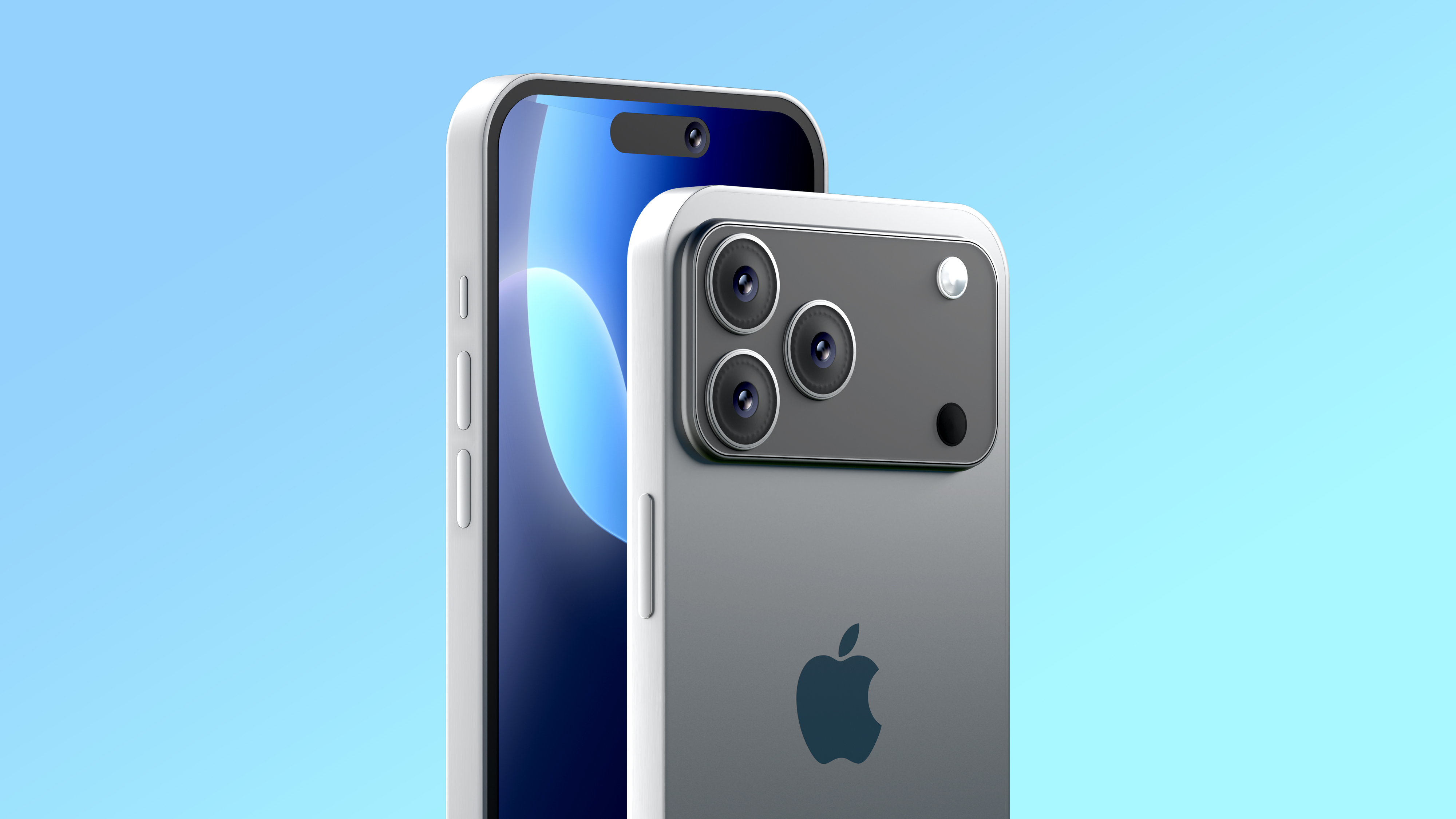
Update: In the hours since this story was first published, U.S. Customs and Border Patrol have officially excluded a variety of goods from reciprocal tariffs — including the additional tariffs imposed against Chinese goods that went into effect earlier this week..
Exemptions apply to computers, chips, solar cells and smartphones. Effectively meaning that so long as these exemptions stay in place, the iPhone 17 won't suffer any additional U.S. price hikes caused by tariffs.
Francisco Jeronimo, Vice President EMEA, Devices (Data & Analytics) at IDC, told Tom's Guide that the exemptions "a clear recognition of the economic shock such duties would deliver to American consumers, some of the most popular consumer electronics brands and the broader tech industry."
"The reality is that major US technology companies remain heavily dependent on China’s highly efficient and deeply integrated manufacturing ecosystem.," Jeronimo added. "For high-volume products like smartphones, tablets or PCs, any attempt at rapid diversification would be both costly and logistically unfeasible."
Original story follows:
Talk of tariffs is everywhere these days, and it feels like you can’t go more than a few minutes without coming across some kind of tariff-based discussion. The prospect of price hikes has been at the forefront of this discussion, especially where technology and Apple are concerned.
Phones are expensive, and with tariffs on goods from China hitting 145% at the time of writing, this may have some people worried. Especially those of you that were waiting for expensive devices like the iPhone 17 , considering Apple still makes the vast majority of iPhones in China.
Sign up to get the BEST of Tom's Guide direct to your inbox.
Get instant access to breaking news, the hottest reviews, great deals and helpful tips.
While things are still very uncertain, and companies aren’t making any firm commitments as a result, it’s important to know how things are changing — and what that means for the potential cost of iPhone 17 and other phones.
Here’s what you need to know.
How could planned tariffs affect the cost of iPhone 17?
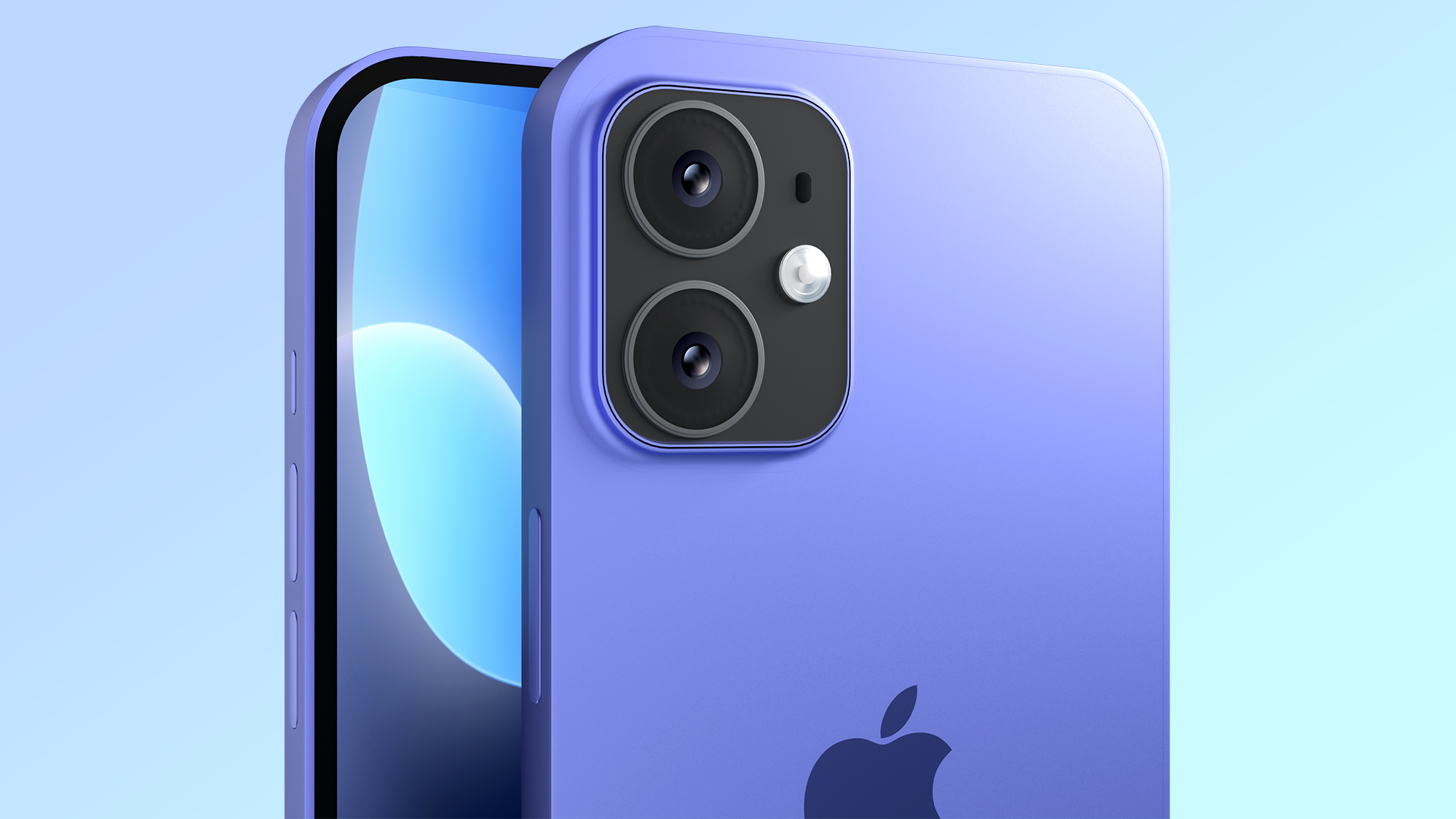
At the time of writing, the White House has paused the majority of new tariffs that were originally announced, with the large exception being China.
As Avi Greengart, consumer technology analyst and founder of Techsponential, tells me, the fact that tariffs are changing so quickly means that nobody actually knows how prices are going to change.
I thought for sure Trump was going to close with 'these companies will be exempt from these tariffs because they came and they played ball.'
Ryan Reith, IDC
“One constant,” Greengart says, “seems to be that China is being singled out for higher tariffs, so supply chains that are concentrated there are harder hit.”
So while previously announced tariffs were put on hold for 90 days, tariffs on Chinese goods were increased “effective immediately" to 125% and later 145%.
Imports from Mexico and Canada still have the existing 25% tariff, while all other foreign imports will still be taxed with a 10% tariff, no matter where they come from.
The pause and general uncertainty means that prices aren’t likely to go up immediately. No company is going to jump the gun and increase prices on their phones unless they absolutely have to. But in the long term, if these tariffs do go into effect as announced, we should feel the impact of it pretty quickly.
Ryan Reith, DC's Group Vice President of WW Device Trackers, told Tom's Guide that once tariffs are in effect we’re likely to see prices go up “in a matter of weeks." Despite companies’ best efforts to try and stockpile inventory ahead of tariffs, it’s only going to last so long.
Apple has already made a big shift
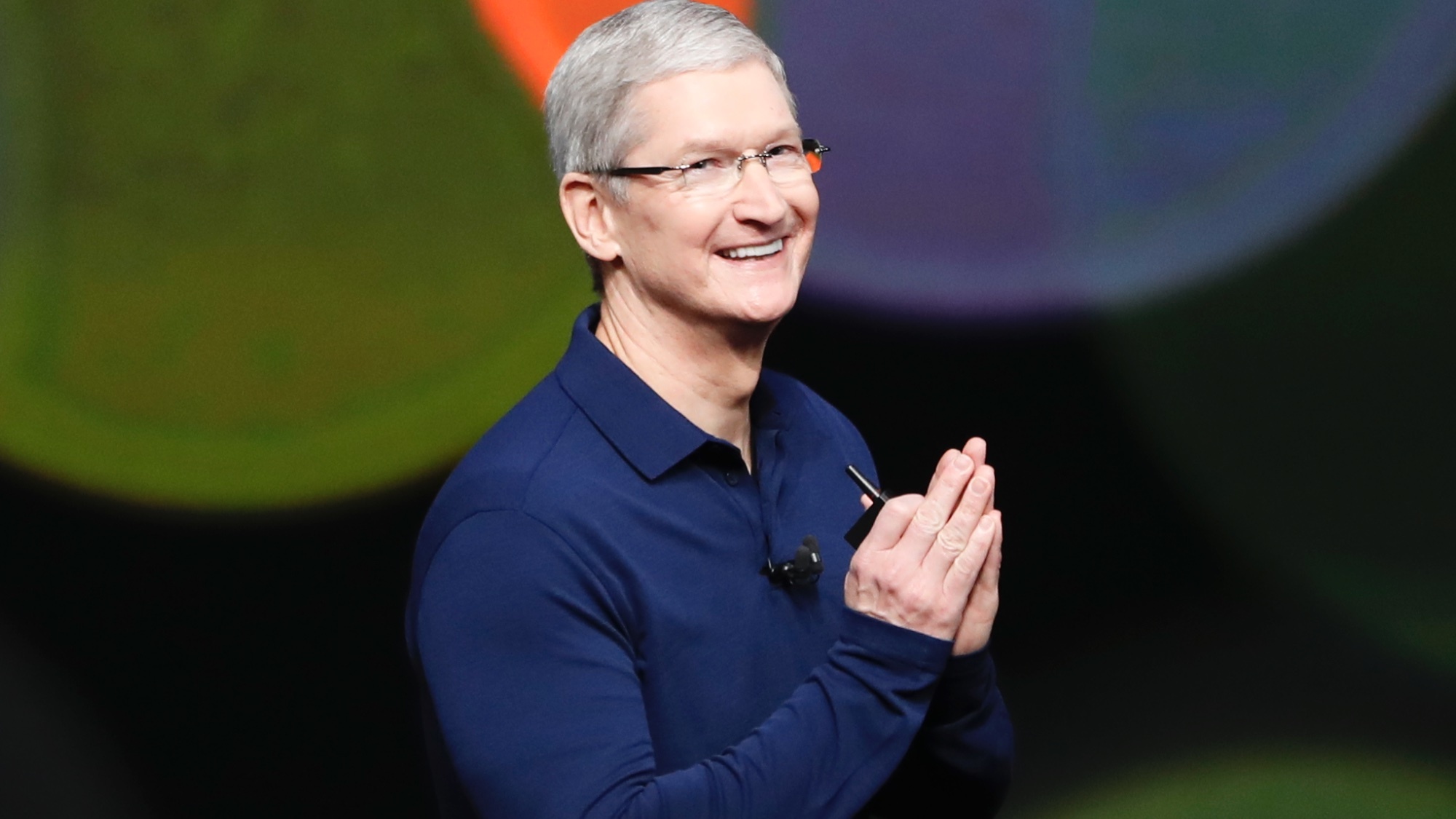
While we’ve since heard reports that Apple airlifted “600 tons” of product from India to the United States, that supply is inherently limited. Once it’s gone, and tariffs are in effect, then the replacements will end up costing more.
India assembles around 14% of all iPhones, and was subject to a 27% tariff under the now-paused policies.
Carriers could keep the price to consumers the same by a combination of absorbing some of the price increases, increasing trade-in valuations and extending the timeframe for financing from 2–3 years to 3–4 years.
Avi Greengart, Techsponential
Greengart was a little more optimistic, noting that price hikes “won’t be felt for weeks or up to a couple of months.”
Both analysts noted that the actual impact of these price increases may not be so severe for phones. Reith pointed out that phones are unique, in that around 60-70% of phones bought in the U.S. are on some kind of installment plan.
So when you’re spreading the cost of a thousand dollar phone over 2-4 years, things aren’t as noticeable. “If you add $200 to $1,000 phone, that's 20%.” Reith said. “That’s a lot of money”, but if you spread that out over 36 months it’s not that big of a hit to the consumer as the sticker shock.”
Greengart also pointed out that ”Carriers could keep the price to consumers the same by a combination of absorbing some of the price increases, increasing trade-in valuations, and extend the timeframe for financing from 2–3 years to 3–4 years.”
So tariffs mean prices could indeed go up, but the way phones are usually actually sold in the U.S. means you might not notice much difference. Though that would, of course, depend on what kind of tariffs phones like the new iPhone 17 are subjected to.
Are there any loopholes to get around the tariffs?
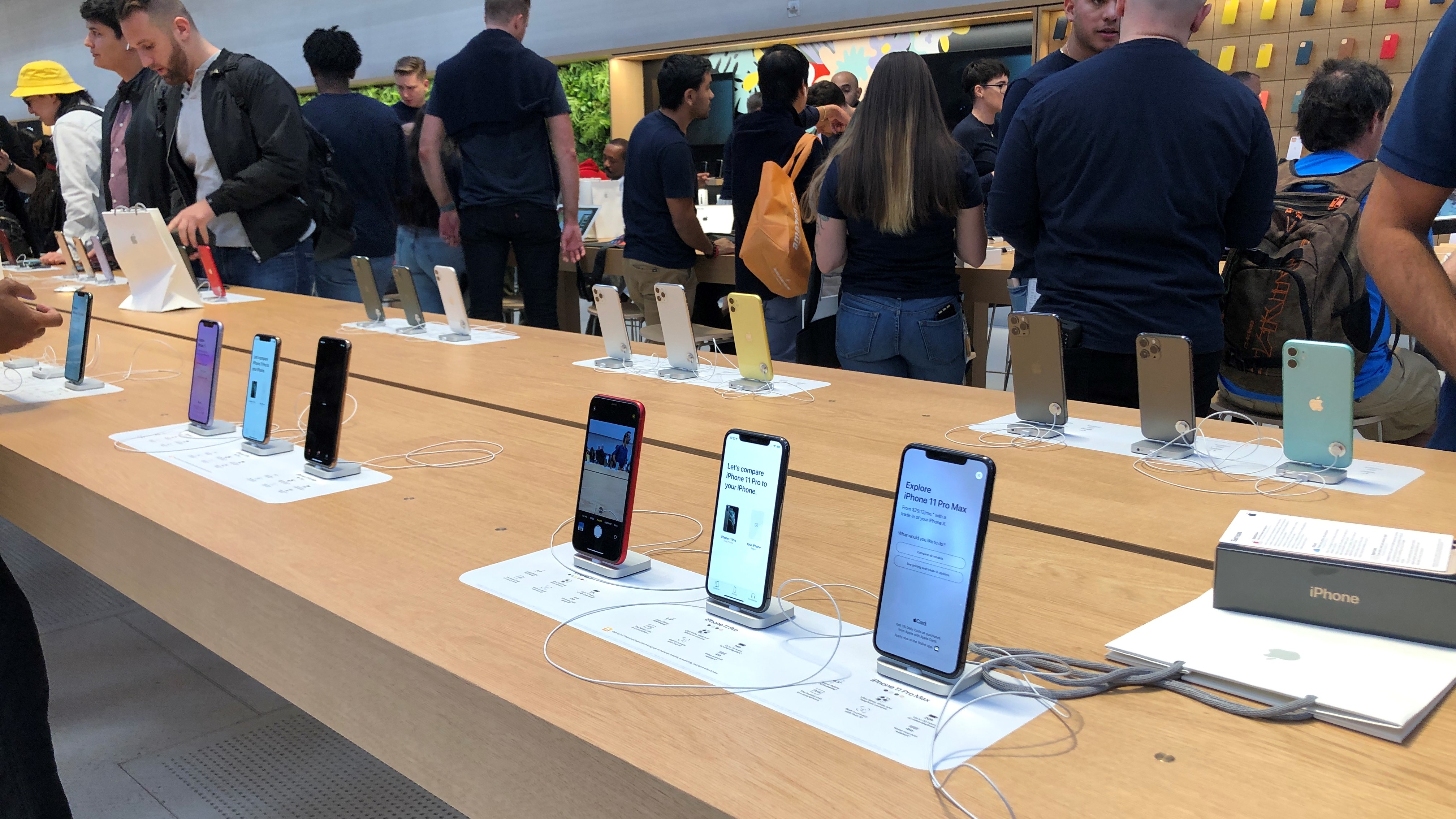
Back when the latest waves of tariffs were announced (but before they were paused), the internet found out that the Trump administration had imposed tariffs on Heard Island and the McDonald Islands. The islands are notable for being some of the most remote places on earth, with no human presence, and are primarily inhabited by penguins.
Despite the mockery U.S Commerce Secretary Howard Lutnick defended the decision. Lutnick claimed that the tariffs are designed to stop “ridiculous loopholes” that would otherwise allow shipments through the islands to reach the U.S. tariff-free. While the prospect of shipping through islands that are a 2-week voyage from anywhere else is ridiculous, it doesn’t mean you couldn’t reroute shipments to escape the harshest tariffs.
As an example of this, Ryan Reith said that a company that manufactures goods in Vietnam (which was tariffed by 46%) could theoretically reroute their shipments through somewhere like Singapore before they travel onto the U.S. Since Singapore is only subject to the blanket 10% tariff.

“You send that to the U.S. that’s not gonna sell through with what you expected,” Reith said. “But if you spend an extra however much money, to reroute through somewhere like Singapore, as an example, it's going to add more time to it and cost, but if you're talking about 10% to 46% the difference is likely lower than before.”
Reith also pointed out that while there’s been a lot of talk about countries negotiating better deals with the U.S., there’s nothing stopping companies from doing the same thing. “I think anything’s on the table”, Reith said, adding that he was surprised that the Trump Administration didn’t announce some exemptions alongside the tariffs.
“I thought for sure he was going to close with ‘these companies will be exempt from these tariffs because they came and they played ball’” — referring to Apple, Meta, Nvidia who had announced hundreds of billions of dollars of investment in American manufacturing.
But until we hear that, either from the Trump Administration or from a specific exempt company, then we shouldn’t count on it happening.
Could iPhones be manufactured in the U.S.?
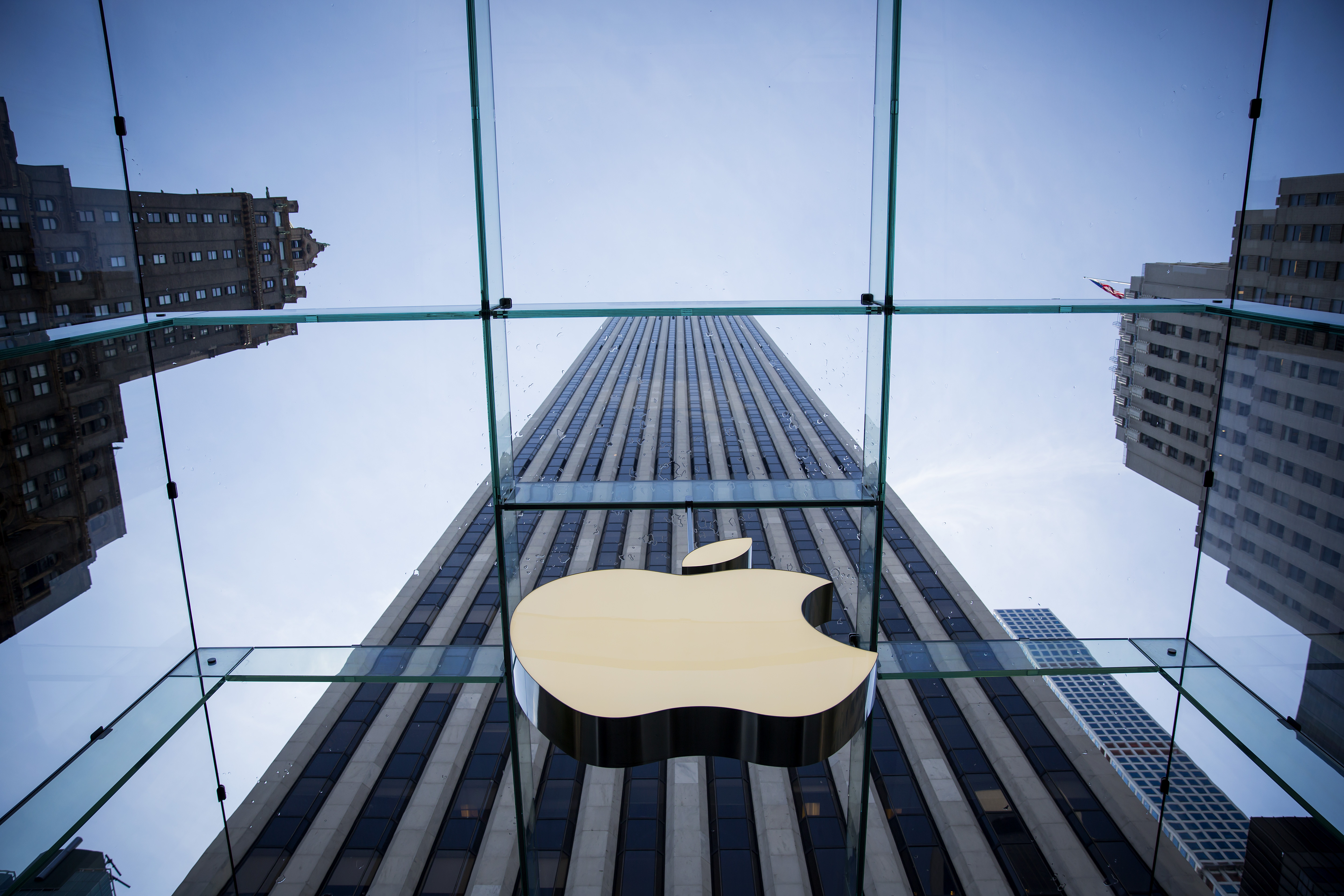
The most obvious way to get round tariffed goods is to buy domestically. The problem with iPhones and other phones is that there are no American-made alternatives to choose from.
Small-scale production could happen in around 3 years, provided everything goes according to plan. Mass production could happen in 5 years as a best case scenario.
In fact, ever since his first term, President Trump has long pushed the idea that Apple should start building iPhones in the U.S. — but is that actually possible?
The short answer is no. The long answer is not really, and certainly not anytime soon. Apple may have pledged to invest $500 billion to bring both R&D and manufacturing to the U.S., but the idea of building an iPhone isn’t really something that can be accomplished.
Reith noted that manufacturing is actually a very broad term, and the level of success you have in “bringing iPhone manufacturing to the U.S.” depends on your goals. But whatever happens, there’s no way 100% of iPhone production could happen in the country.
“There's no way it would ever make sense, nor could it happen in my opinion, to have the complete end-to-end solution done in the U.S. It just doesn't make sense,” Reith said, “What they're looking at is factories that create jobs and so forth. It’s really about that final assembly.”
However Reith noted that this is a time-consuming process that can’t be done overnight. He believes that small-scale production could happen in around 3 years, provided everything goes according to plan. Mass production could happen in 5 years as a best case scenario.
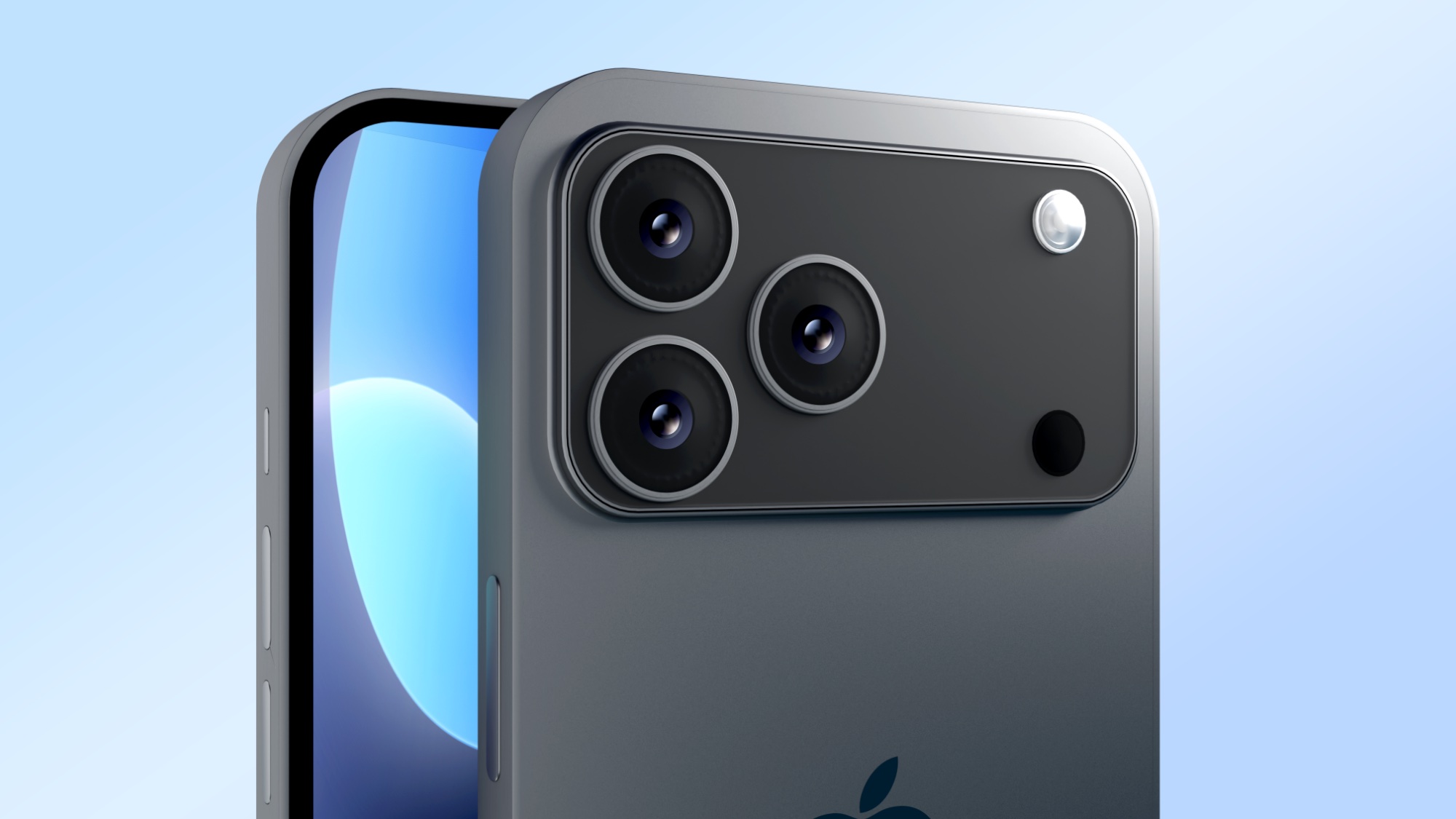
Greengart told me that, “In the short term, reshoring consumer electronics manufacturing to the U.S. is impossible. Even if you could recreate entire consumer electronics supply chains in the U.S.”
Instead, Greengart suggested that some assembly could move to North America “within a median timeframe” if a free-trade zone were developed between the U.S., Canada and Mexico — noting that this is same way many TVs and PC servers are currently made.
“In the long term, with the right incentive structure, you could reshore electronics to North America, or, with an even longer timeframe, the U.S. alone,” Greengart said. However he caveated this by pointing out such a move “would be enormously expensive to build from scratch.”
Not only would labor be more expensive, but the whole process would require more education and training, increased immigration and “massive automation.” The U.S.-made devices would then be more expensive than what we have now — though he didn’t guess at how much more they might cost.
Both analysts agreed that no matter what happens, the majority of components needed to make the hypothetical U.S. iPhone would still need to come from Asia — including the likes of China, Taiwan, Japan and South Korea.
And guess what? Those components would be subject to tariffs under the planned rules
Bottom Line
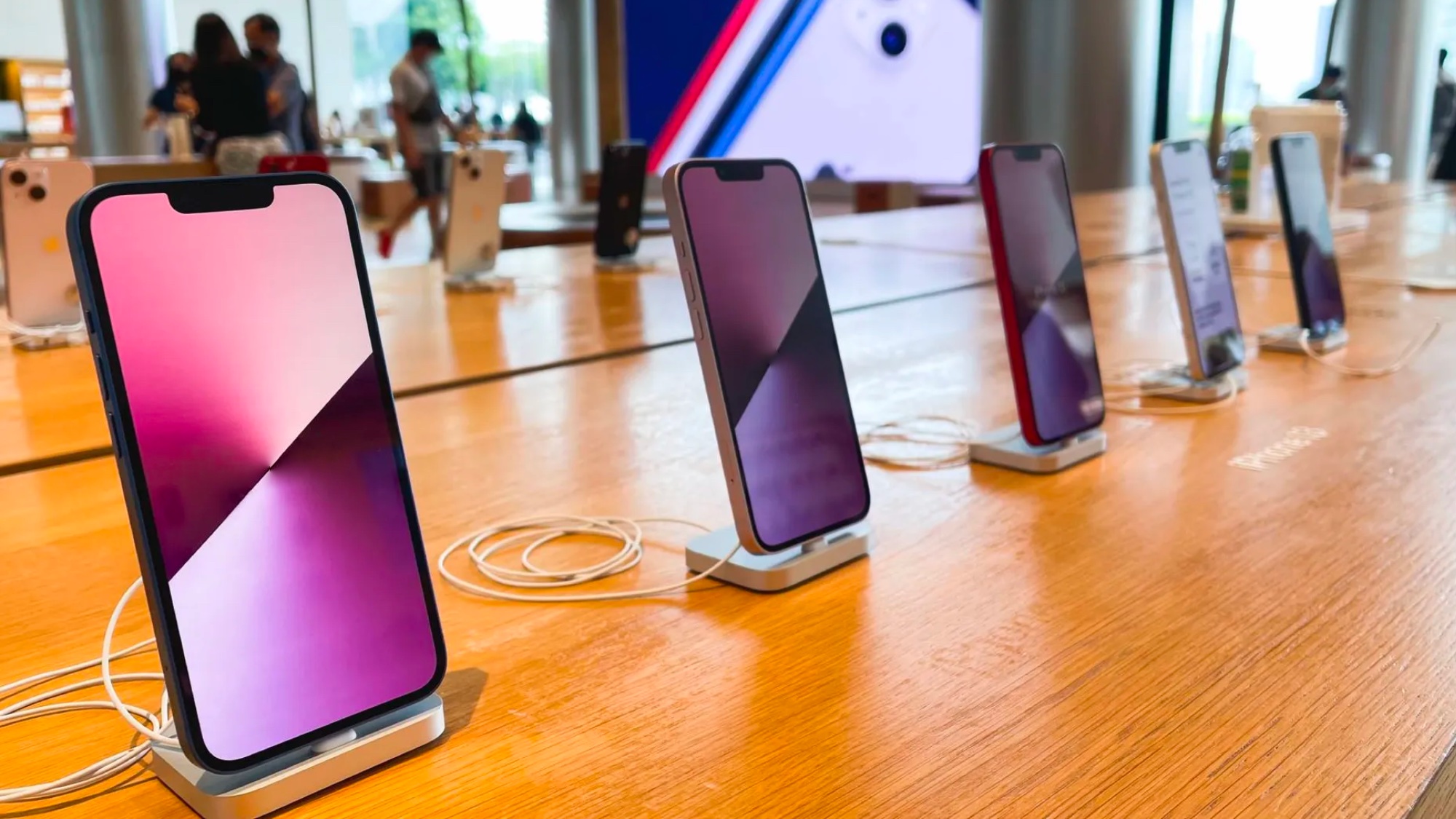
Right now, with the way tariff policies have changed so rapidly, it’s uncertain what this means for the iPhone 17. The price we pay in September will be affected by what tariffs are in place at the time.
Apple could negotiate an exemption, or the Chinese tariffs could be reduced by the president — in which case it’s business as usual.
But if everything stays the way it is, and the previously announced tariffs are reinstated in 3 months time, then prices will be going up. There’s no way around that fact, because it would be impossible for Apple to get iPhones into the U.S. without incurring some kind of tariff.
Thankfully Apple isn’t necessarily going to have to almost triple the prices because of that 145% Chinese tariff. Presumably some phones will be imported from India, which has a lower rate, and others may be diverted through countries that aren’t subject to such high tariffs.
We just can’t predict quite how prices will go up right now, or even how much of that cost will be passed onto the consumer.
More from Tom's Guide

Tom is the Tom's Guide's UK Phones Editor, tackling the latest smartphone news and vocally expressing his opinions about upcoming features or changes. It's long way from his days as editor of Gizmodo UK, when pretty much everything was on the table. He’s usually found trying to squeeze another giant Lego set onto the shelf, draining very large cups of coffee, or complaining about how terrible his Smart TV is.
You must confirm your public display name before commenting
Please logout and then login again, you will then be prompted to enter your display name.
